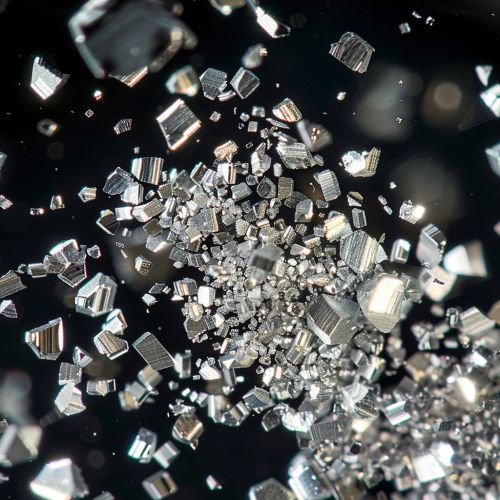Silver Ion
Introduction
Silver ion, denoted as Ag+, is a positively charged ion of silver. It is a monoatomic cation, meaning it carries a single positive charge. The silver ion is formed when a silver atom loses one electron from its outermost shell, resulting in a positive charge.
Physical Properties
Silver ions are colorless and odorless. They have a charge of +1 and an ionic radius of 115 pm. The ionization energy required to remove one electron from a silver atom to form a silver ion is 731 kJ/mol.


Chemical Properties
Silver ions have a strong tendency to combine with other ions to form ionic compounds. They can react with both anions and cations, but they have a particular affinity for halide ions, such as chloride, bromide, and iodide. The resulting silver halides are often used in photographic films due to their light-sensitive properties.
Biological Role
Silver ions have long been known for their antimicrobial properties. They can kill or inhibit the growth of bacteria, viruses, and fungi, making them useful in a variety of medical and industrial applications. For example, silver ions are used in wound dressings to prevent infection, and in water treatment to kill harmful microorganisms.
Industrial Applications
In addition to their use in medicine and water treatment, silver ions are also used in a variety of other industrial applications. For example, they are used in the manufacture of certain types of glass, where they help to reduce the transmission of ultraviolet light. They are also used in the production of certain types of catalysts, where they help to speed up chemical reactions.
Environmental Impact
While silver ions have many beneficial uses, they can also have a negative impact on the environment if not properly managed. For example, they can be toxic to aquatic organisms if released into water bodies in large quantities. Therefore, it is important to properly dispose of waste containing silver ions to prevent environmental harm.
